Are you wondering how the Cotswolds got its name or when the best time to visit is? Want to know what the area is famous for or whether it’s possible to get around the Cotswolds by public transport? Puzzled about what a wool church is or why the locals chase a giant wheel of cheese down a steep hill every year? This introduction to the region tells you everything you need to know about the Cotswolds, featuring frequently asked questions to help you get to know the region better.

What is the Cotswolds?
The Cotswolds (sometimes misspelt as the Cotswalds) is England’s largest Area of Outstanding Natural Beauty (AONB), with 800 square miles of rolling hills and unspoilt countryside, dotted with picturesque villages, market towns, castles and country houses, gardens and arboretums.
There’s some uncertainty over where the name ‘Cotswolds’ actually comes from. ‘Wold’ is an Old English word for hills, so one theory is that adding the word ‘cot’ – meaning ‘sheep’ – gives us ‘sheep enclosure in rolling hillside’, which is a pretty accurate description. Or alternatively did it come from ‘Cods-wold’, meaning ‘Cod’s hills’, taking its name from a local Saxon landowner?
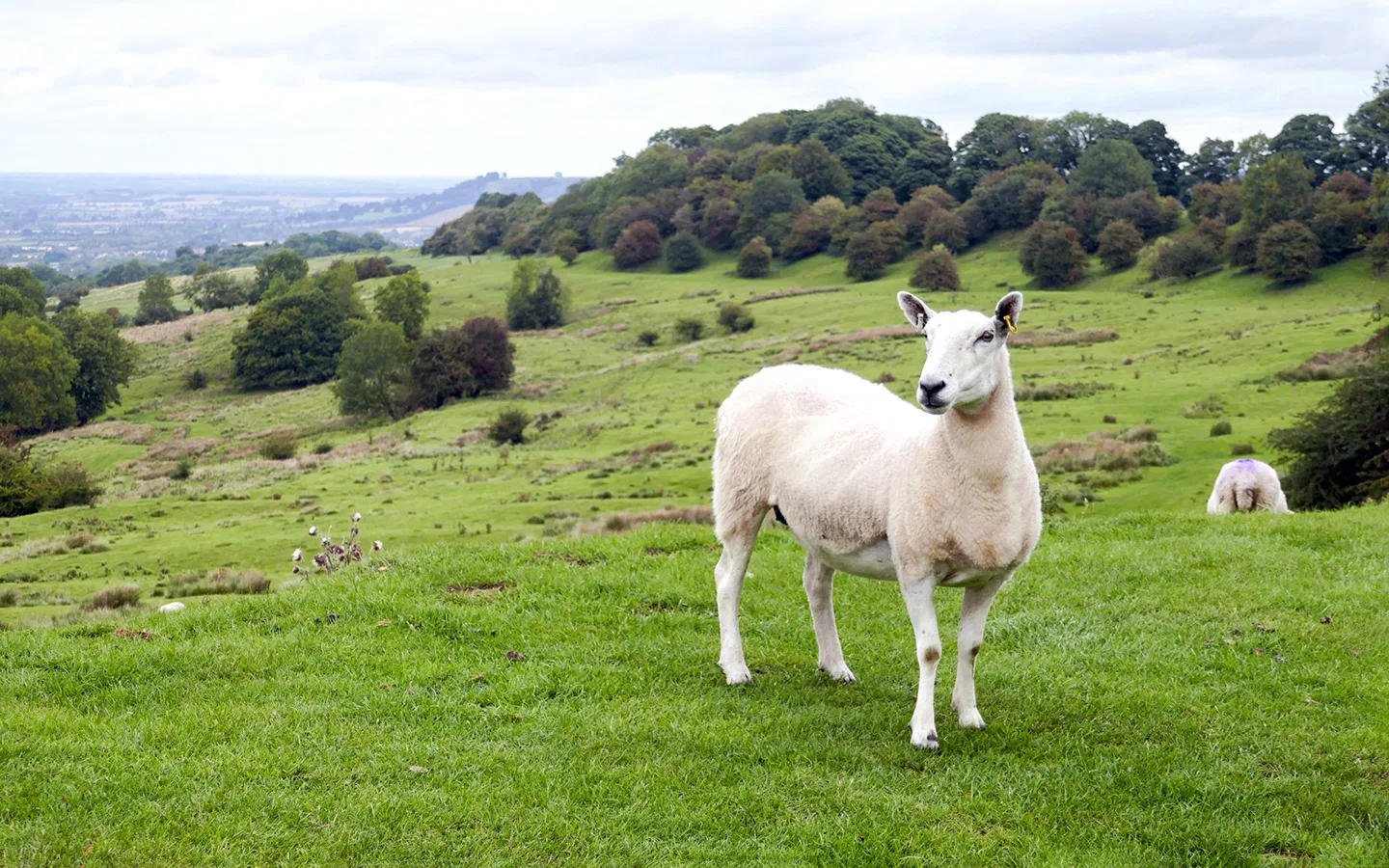
The Cotswold Hills stretch from the meadows of the upper River Thames to the Cotswold Edge, a steep escarpment looking out over the Severn Vale. The hills are formed of a type of Jurassic Oolitic limestone that you’ll only find in the Cotswolds, which formed in shallow, warm waters.
It’s this limestone which gives the area’s towns and villages their distinctive honey-coloured look. And the Cotswolds’ mix of rare limestone grassland – like that found on Cleeve and Selsey Commons – and ancient beech woodland has made it a refuge for endangered native wildlife.
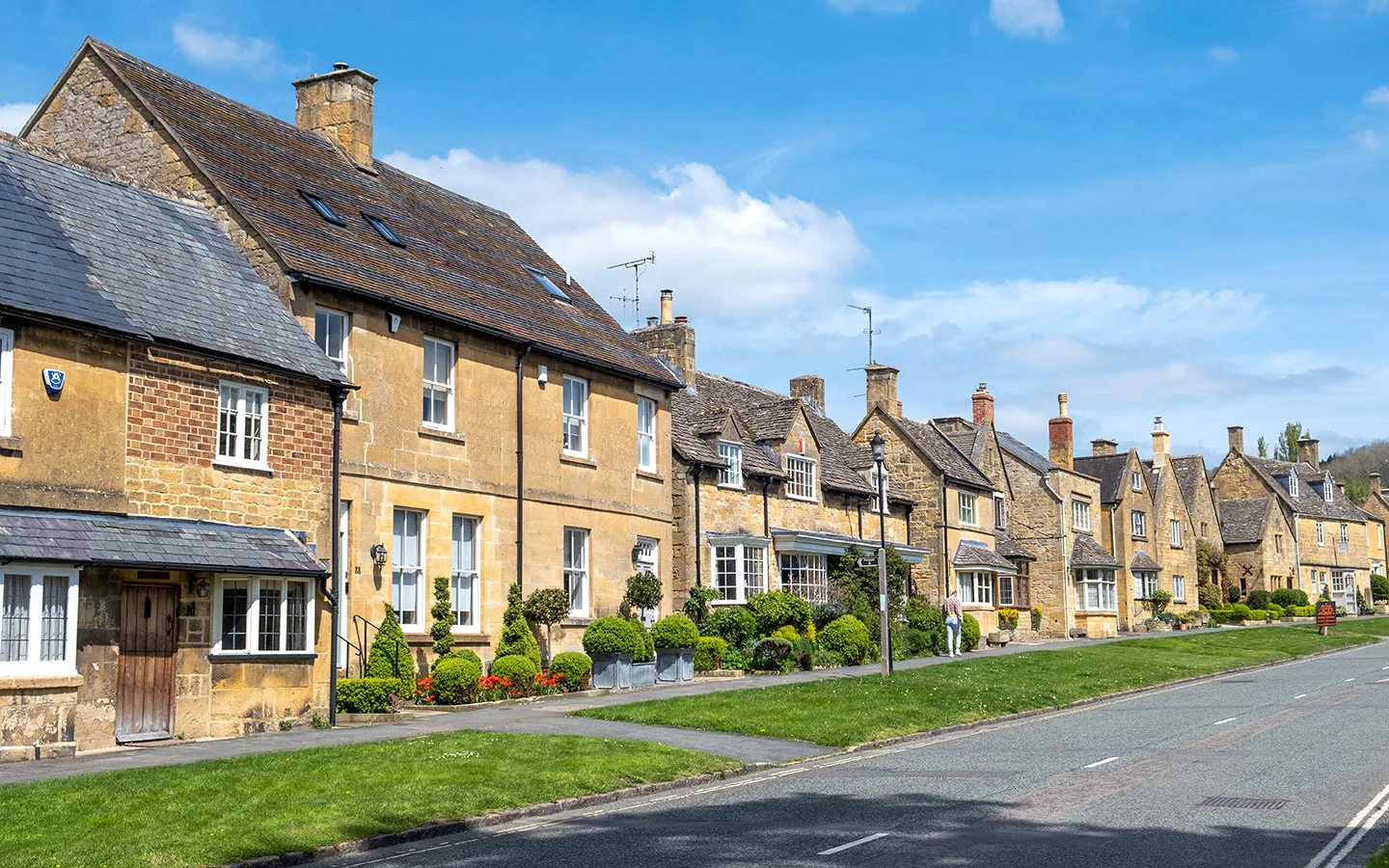
Where is the Cotswolds?
The Cotswolds is located in the southwest of England. The majority of the Cotswolds region lies within the counties of Gloucestershire and Oxfordshire, but it also extends into parts of Warwickshire, Wiltshire, Worcestershire and Somerset, covering six counties in total.
There’s a lot of debate about where the exact borders of the Cotswolds lie. Do you go by the AONB boundary or the local government areas? Or do you just group together places which share a similar history, geology and architectural style? And what about bigger places like Cheltenham, Stratford-upon-Avon and Oxford which are just outside the ‘proper’ Cotswolds border?
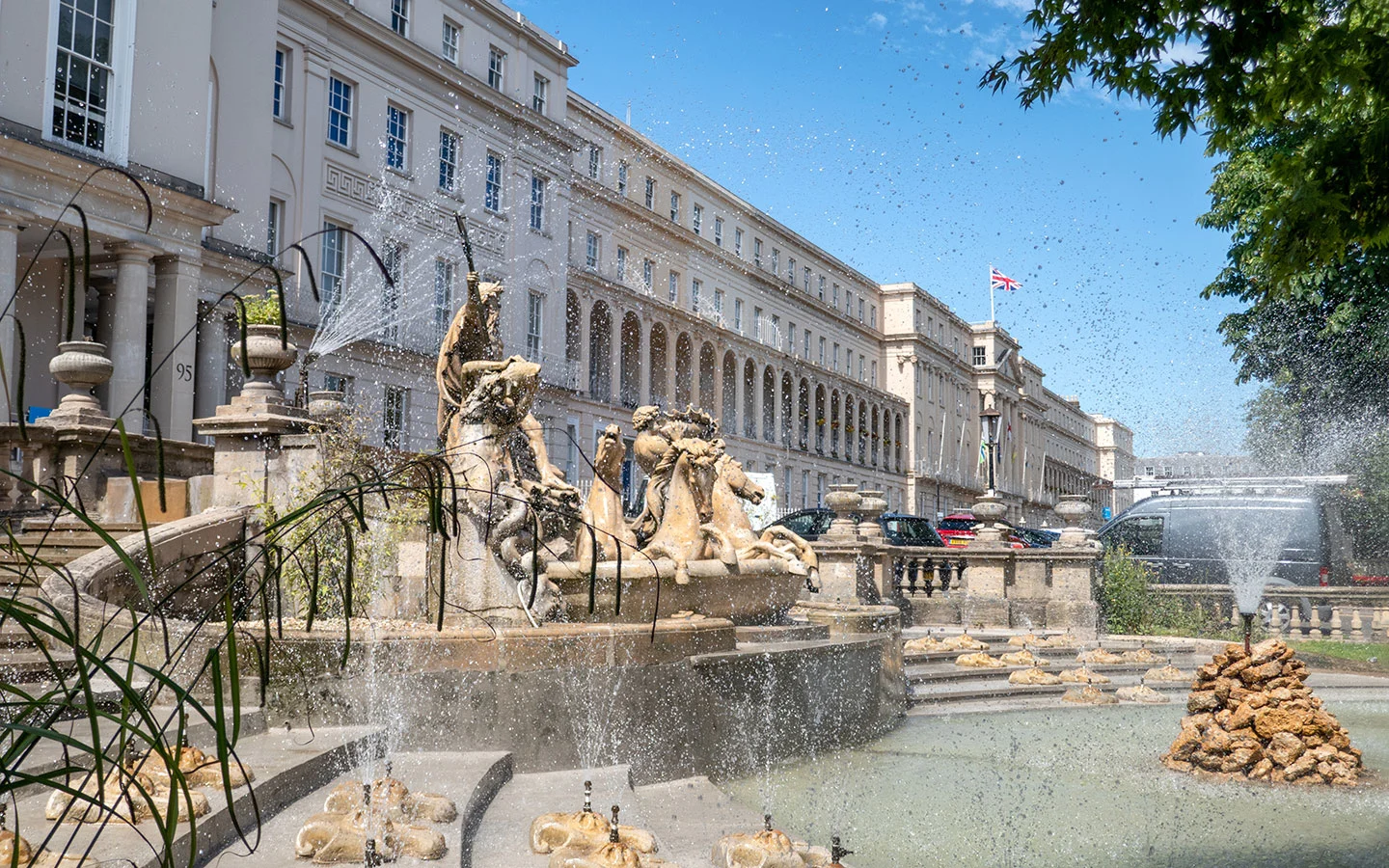
There’s no definitive answer, but Explore the Cotswolds takes a fairly loose definition of the Cotswolds and we’ll be including places just beyond the AONB border which visitors might also want to visit while they’re in the area (with apologies to the map purists out there!).
This Cotswolds map shows the area we cover on the site, with the major towns and villages marked and the AONB area shaded in green.

What is the Cotswolds famous for?
The Cotswolds is best known for its rolling hills and picturesque villages and market towns, many of them build in the traditional honey-hued limestone. It also has some of England’s best stately homes, manor houses and castles to explore. And there’s lots to do in the outdoors, with ornate gardens, woodlands, flower fields and miles of walking routes (and plenty of cosy pubs if it rains).
The Cotswolds has also found fame on screen and in literature, thanks to the authors and filmmakers who’ve been inspired by the region – from Laurie Lee, Jane Austen and JRR Tolkien to the makers of TV shows and films like Father Brown, Downton Abbey and Harry Potter.
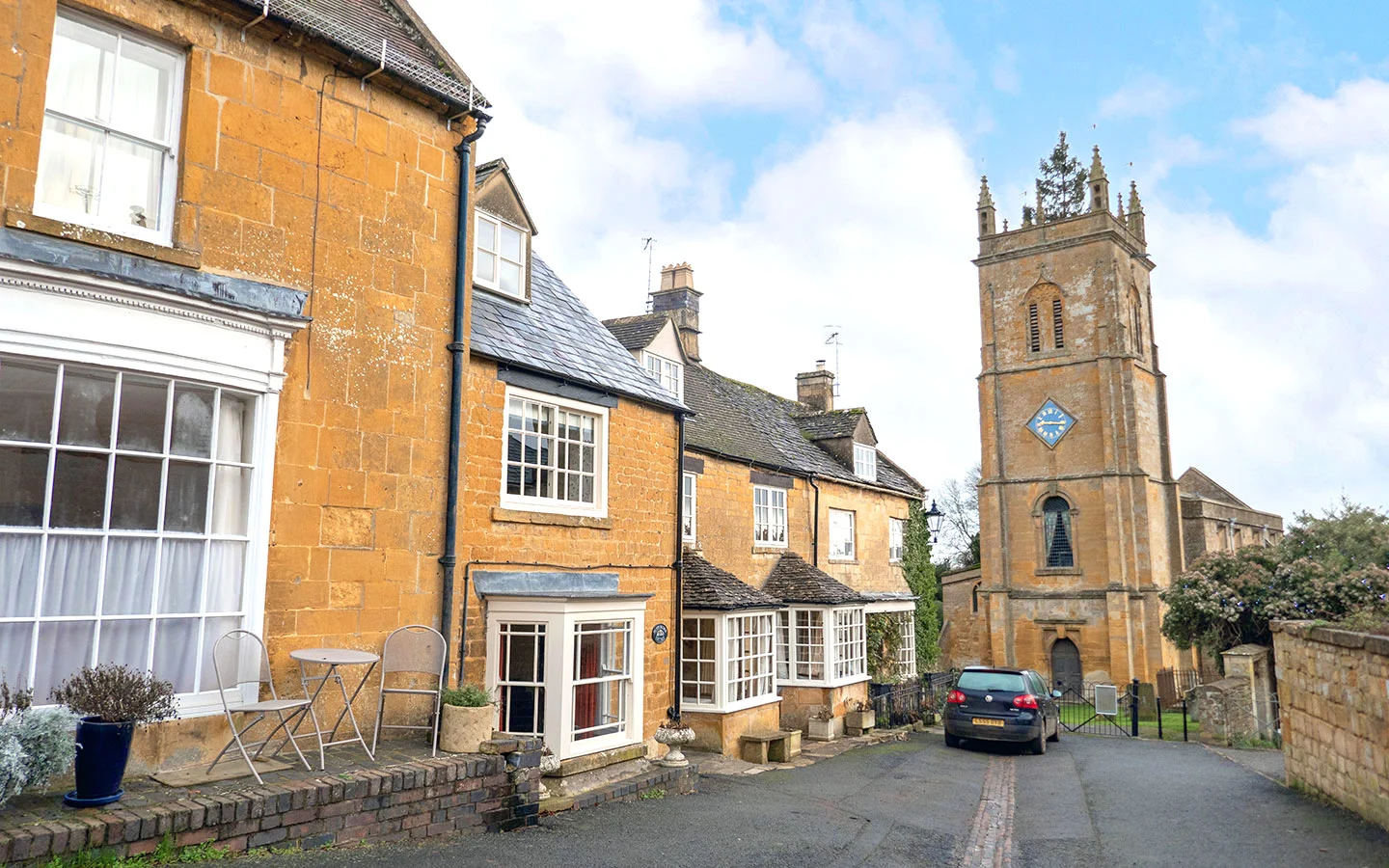
What’s the history of the Cotswolds?
The history of the Cotswolds dates back over 6000 years to when the land here was first cultivated. You can see remnants of occupation from its different periods of history as you travel around the region, starting with Neolithic long barrows and Bronze and Iron Age hill forts.
In the Roman era, Cirencester (which was then known as Corinium Dobunnorum) was the second largest town in Britain. It was a major stop on the Fosse Way between Exeter and Lincoln, which forms the route of many of the region’s modern roads. There are still remains of Roman villas across the Cotswolds and local Roman artefacts on display at Cirencester’s Corinium Museum.
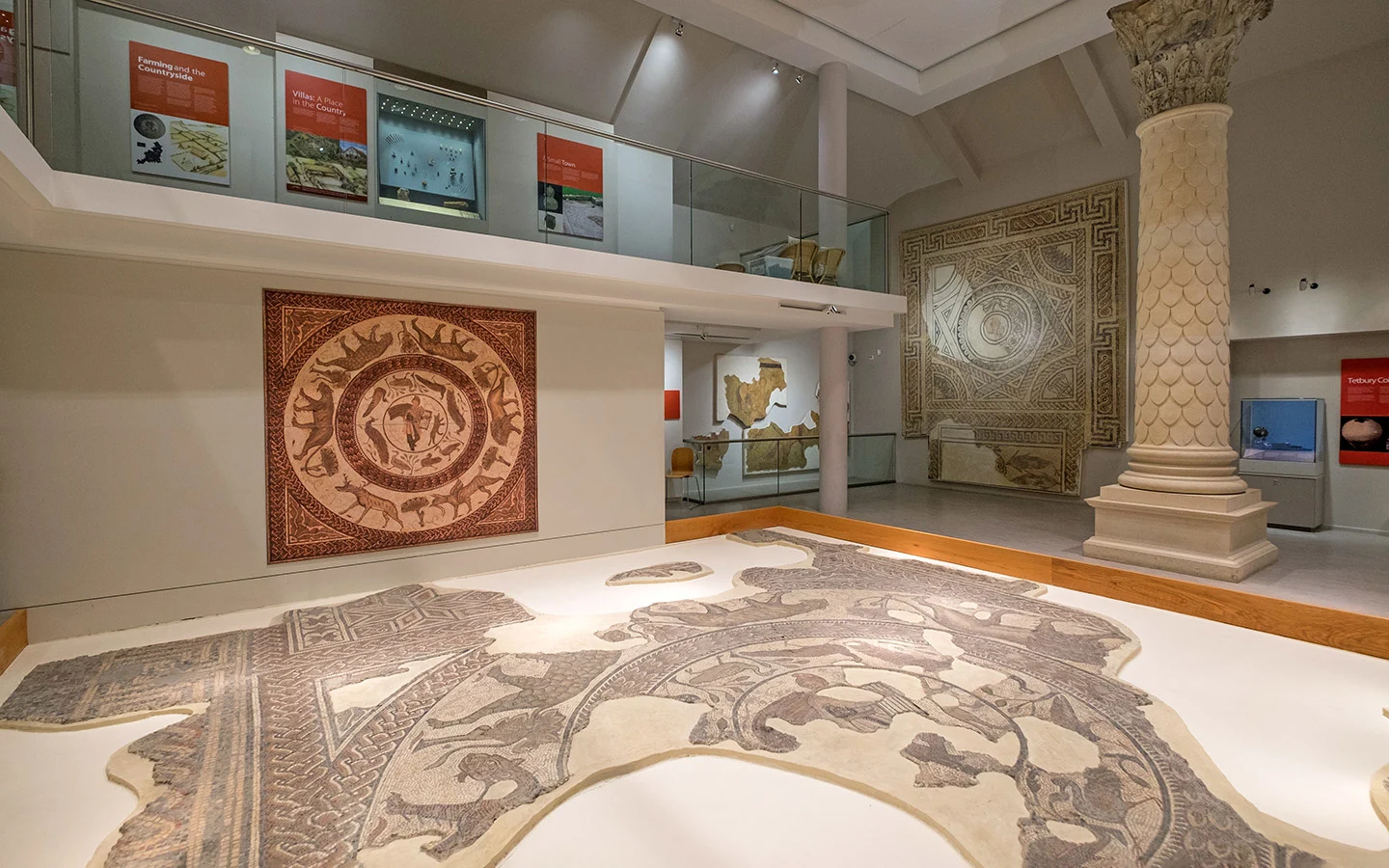
In the Middle Ages, the Cotswolds was known for having some of the best wool in Europe. The Cotswold Hills were perfect for sheep farming, and a native breed with a thick, long golden fleece called the Cotswold Lion made the area famous, with buyers coming all the way from Italy.
Wool mills grew up along fast-flowing streams around the Cotswolds. And local wool merchants became rich off the proceeds, spending their money on the grand houses and the cathedral-style ‘wool churches’ you can still see in places like Northleach and Chipping Campden.
The Industrial Revolution saw the wool trade move from water to steam power, with the mills being relocated from the Cotswolds to the coalfields. The Cotswolds was fairly untouched by industrialisation, with its many original buildings adding to the charm that led to a huge growth in tourism in the 20th century, and it’s now the region’s biggest economic sector.
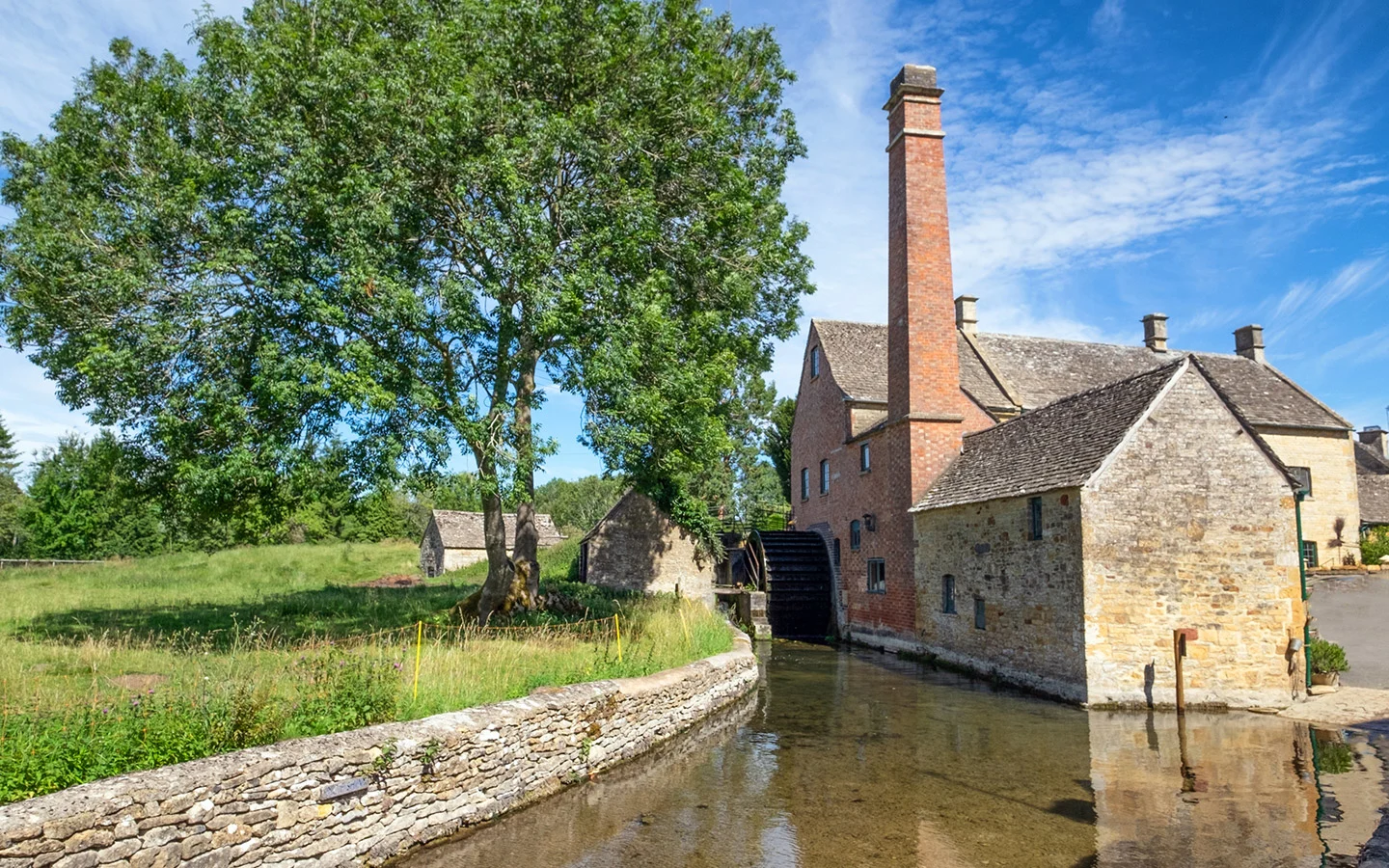
Why should you visit the Cotswolds?
Well for a start it’s beautiful! The area’s unspoilt countryside scenery and picturesque villages are the main reasons people come to the Cotswolds. It’s like a step back in time to the English landscapes you would’ve seen centuries ago. But there are plenty of things to see and do while you’re here.
You can visit castles and country houses, ride on board a vintage steam train, explore the ruins of a Roman villa, see autumn colours at an arboretum, walk through the countryside, take a ghost tour, make your own local gin or follow a Christmas light trail – the possibilities are endless.
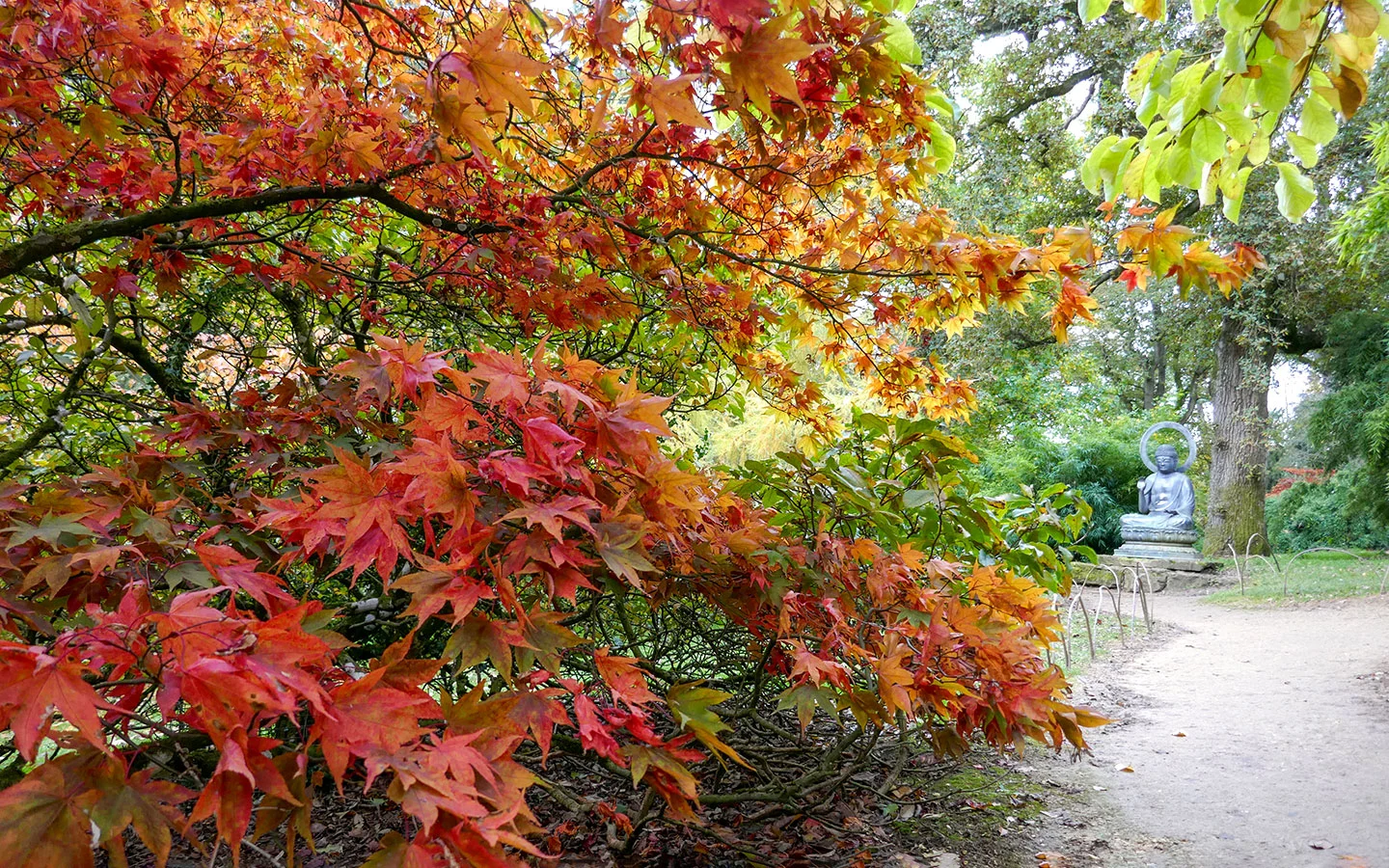
There’s a great range of places to stay, from thatched cottages to five-star hotels. And the area’s popularity with affluent London weekenders means it punches above its weight when it comes to luxury spas and fine-dining. The Cotswolds is home to some of England’s best food and drink, with local produce on the menu of Michelin-starred restaurants and country pubs alike.
Convinced yet? Explore the Cotswolds is packed full of information to inspire your visit.
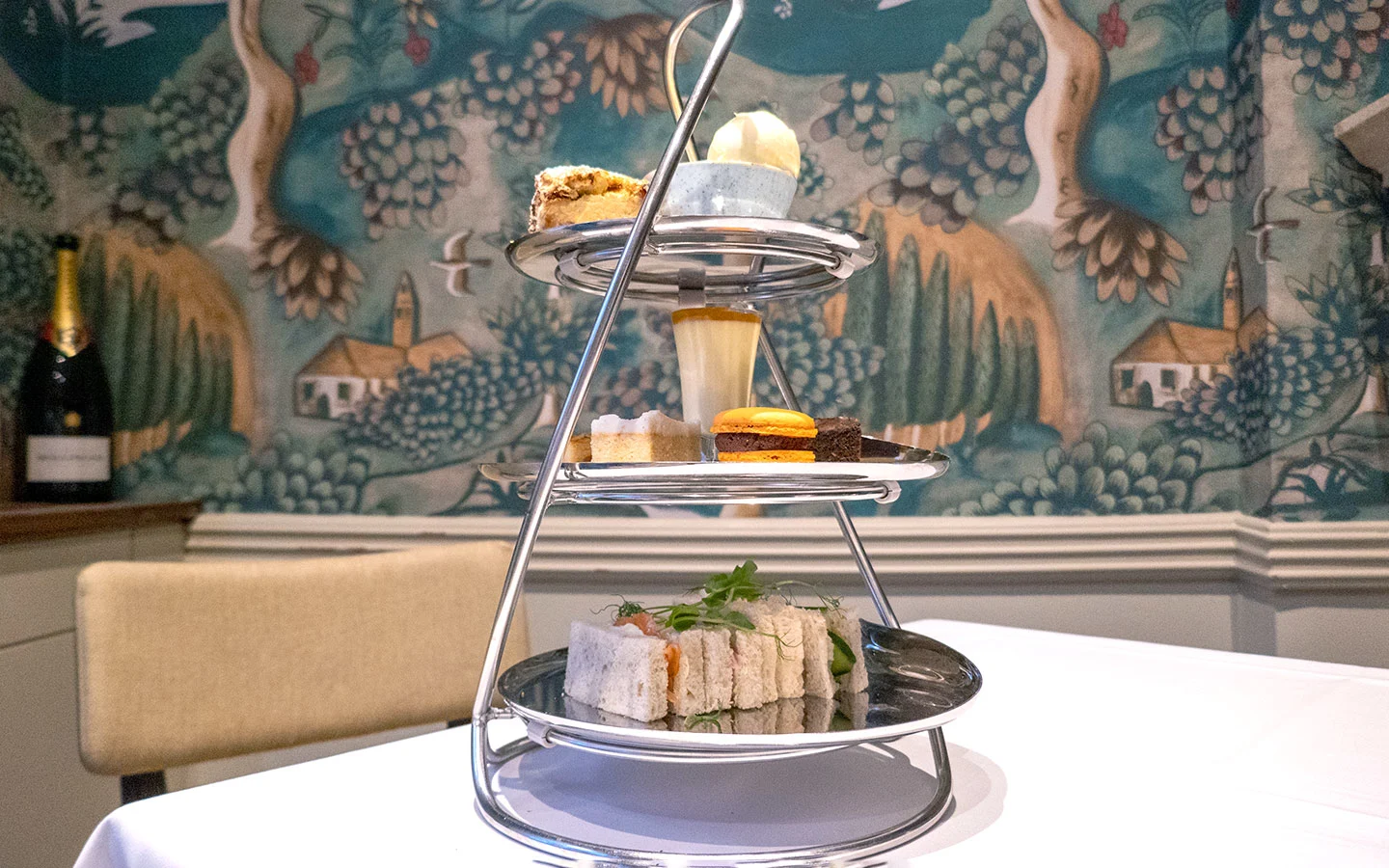
What is the prettiest village in the Cotswolds?
One of the most hotly contested questions in the Cotswolds is which are the prettiest villages? And it’s a difficult one to answer as the area has no shortage of scenic spots, each with their own charms. But these four usually top prettiest Cotswold village lists (and have the crowds to go with it).
Bourton-on-the-Water: The ‘Venice of the Cotswolds’ has a lovely waterside setting with stone bridges crossing the River Windrush, overhanging willow trees and passing ducks.
Castle Combe: This fairytale Wiltshire village’s unspoilt charms have made it a popular film location, and the view of packhorse bridge over the Bybrook is one of the classic Cotswold shots.

Bibury: The flower-decked former weavers’ cottage on Arlington Row are another Cotswold icon, once featured in UK passports, and the surrounding water meadows add a scenic backdrop.
Lower Slaughter: Tiny Lower Slaughter and its neighbour Upper Slaughter have plenty of quintessential Cotswold stone buildings along the River Eye along with a historic water mill.
And as for our picks, we love some of the lesser-known villages like Stanton, Minster Lovell, Blockley, Naunton and Broad Campden, which tend to be a lot more peaceful.
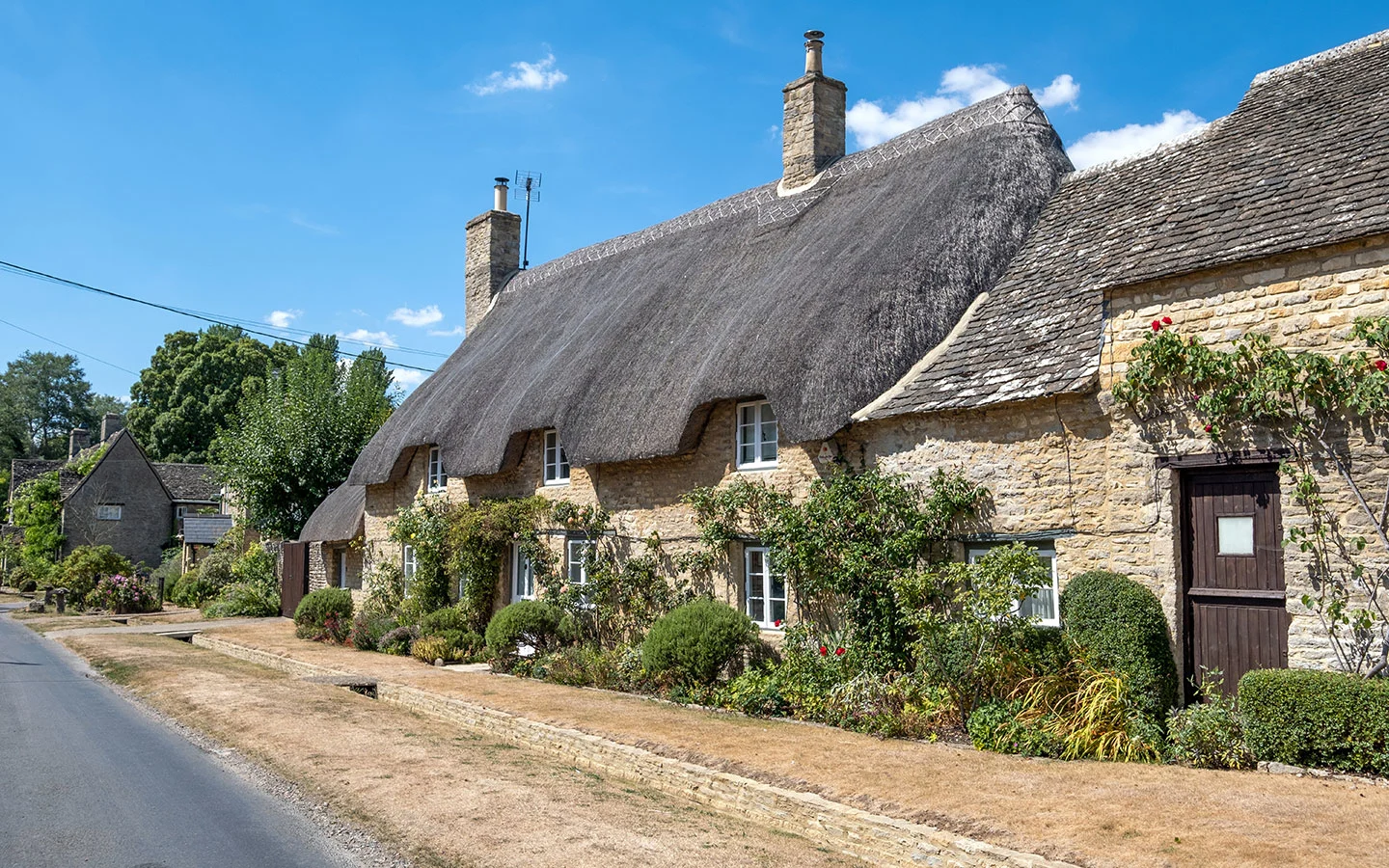
When’s the best time of year to visit the Cotswolds?
As the Cotswolds is in England, it’s best to prepare yourself for every type of weather, whatever time of year you’re visiting. But in general, spring sees average daytime temperatures around 9–17°C and frequent rain showers. The area’s gardens are looking beautiful at this time of year, with displays of snowdrops and bluebells, and it’s also a good time for bird and wildlife spotting.
With average temperatures of 19–22°C, sunny days and long light evenings, summer is peak season in the Cotswolds so expect it to be busy. Book well ahead – and consider swapping popular spots like Bourton-on-the-Water for lesser-known villages if you want to avoid the crowds.
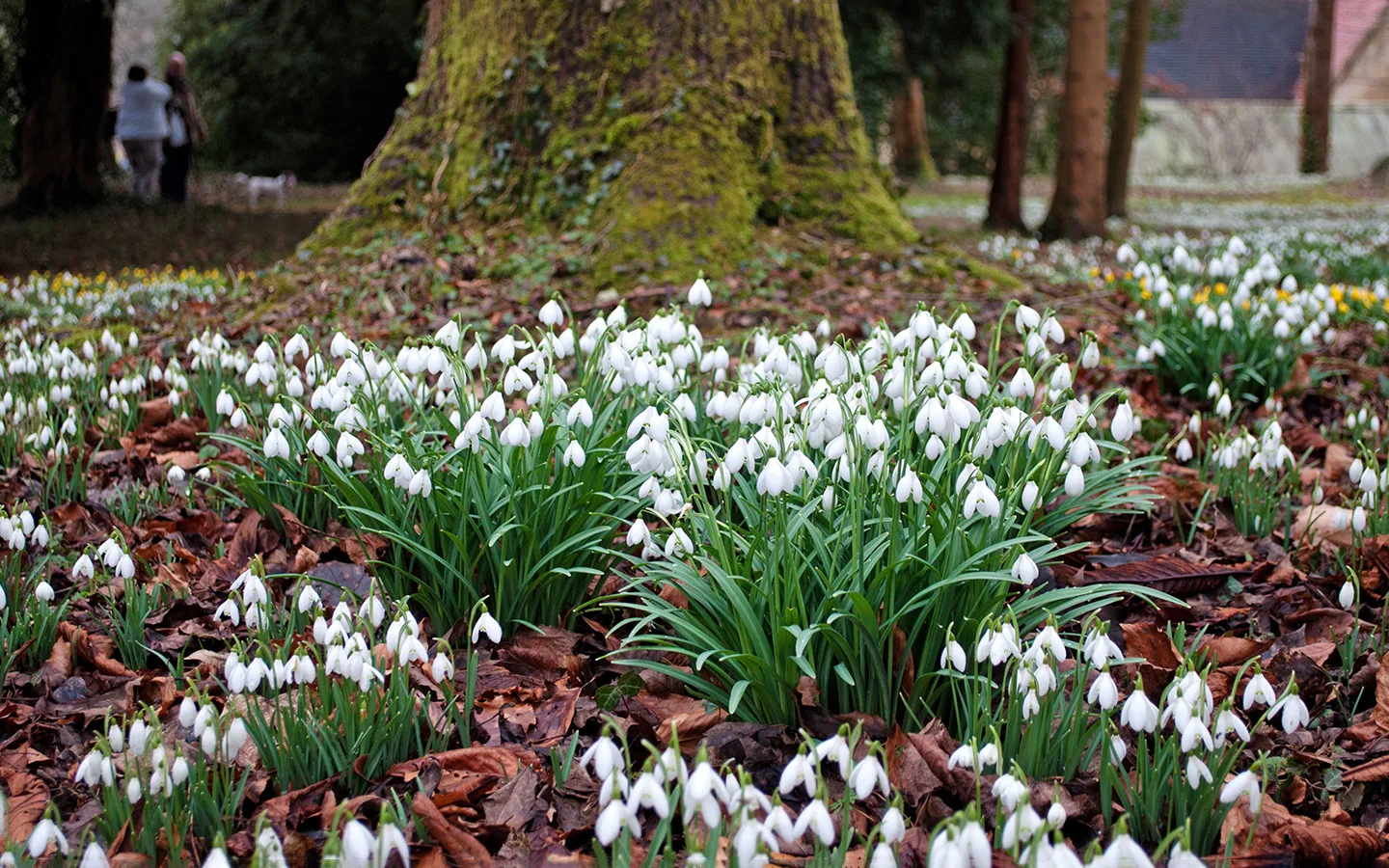
Autumn is a great time to visit the Cotswolds – especially at the start of the season when it’s less busy but not so likely to be wet. Daytime temperatures average 9–19°C, and you’ll see beautiful autumn woodland colours and can warm up by a log fire in one of the country pubs.
Despite what the Hollywood movies might suggest, you don’t often see snow in the Cotswolds in winter, with temperatures around 6–8°C. You do often get crisp frosty mornings though and there are lots of festive events on around Christmas, from light trails to Christmas markets.
Read more
- The best time to visit the Cotswolds: A month-by-month guide
- Things do to in the Cotswolds in spring, summer, autumn and at Christmas
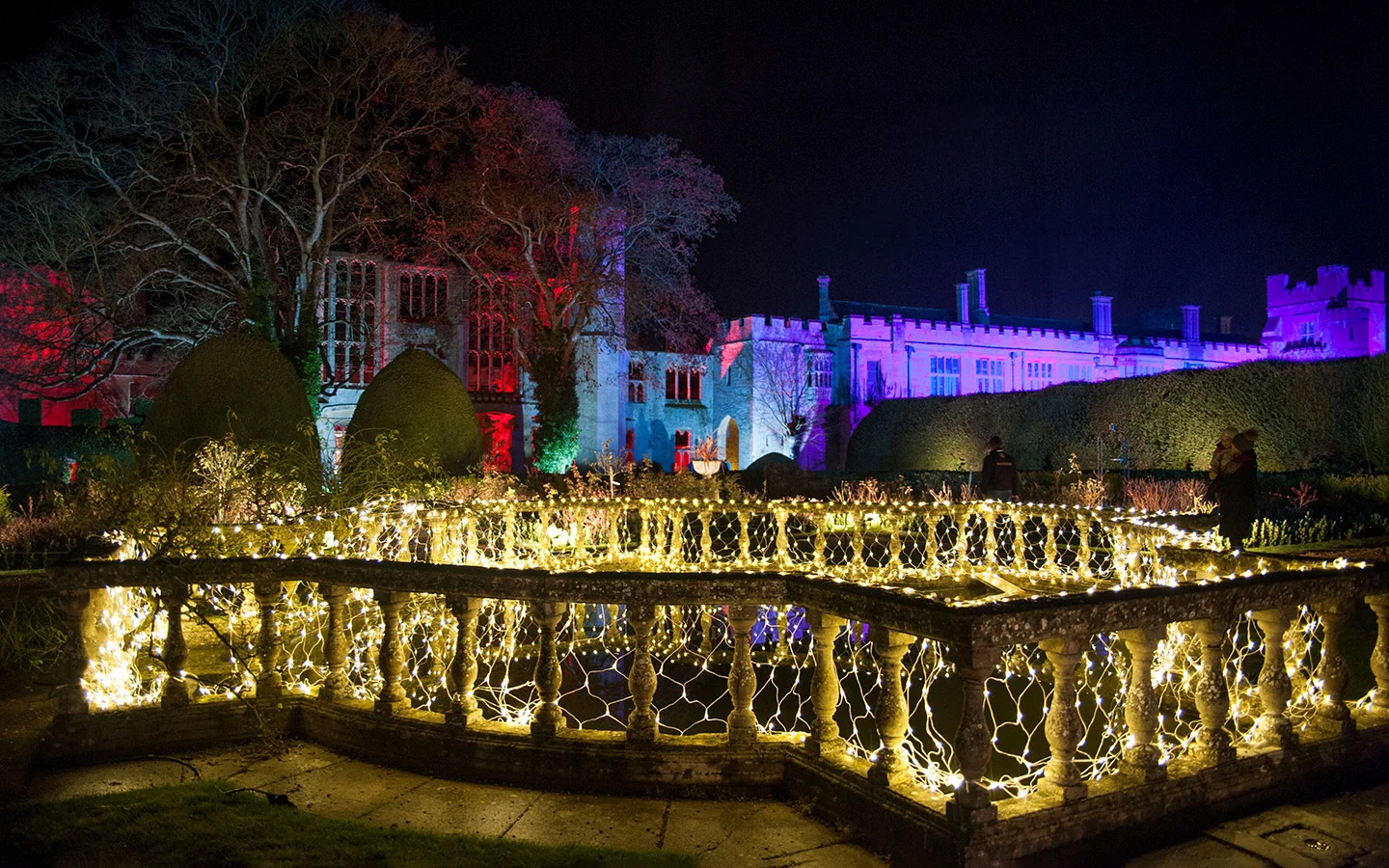
How many days do you need in the Cotswolds?
The Cotswolds covers a large area, and although it is possible to visit the region on a day trip, you’d only get to see a few of the highlights and would spend a lot of time on the move, particularly if you’re travelling to and from London in the same day. Staying overnight in the area means you can start early and see more in a day – especially if you have your own car or can hire one.
Ideally you would have at least three days to explore the Cotswolds. That would give you one day covering the north of the region (Chipping Campden, Broadway, Stow-on-the-Wold, The Slaughters and Bourton-on-the-Water), one day in the centre (covering Winchcombe, Painswick, Northleach and Bibury) and one day in the south (for Tetbury, Westonbirt, Castle Combe and Lacock).
If you have more time you can take it slowly, get off the beaten track and include some walks. Or add on visits to surrounding towns and cities like Bath, Oxford and Stratford-upon-Avon.
Read more
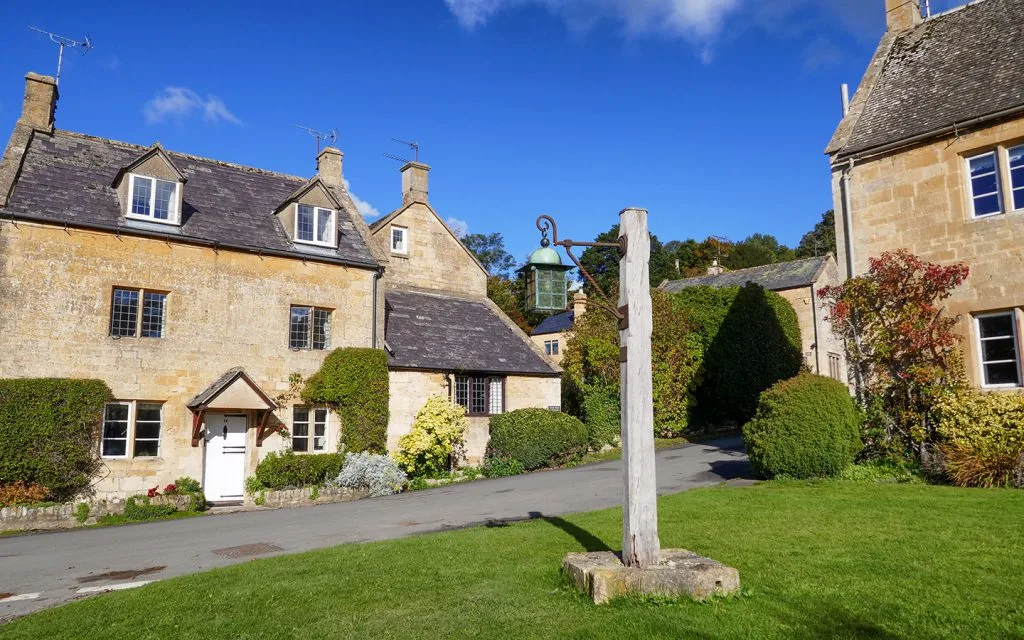
Is the Cotswolds good for walking?
The Cotswolds is one of the best areas in the country for walkers, with over 5000km of footpaths and rights of way to explore, passing through quaint towns and villages and miles of rolling countryside. The Cotswold Way is the area’s best-known walk – a 102-mile long-distance hiking route between Chipping Campden and Bath, which you can walk straight through or as day walks.
Other long-distance routes like the Heart of England Way, Macmillan Way, Monarch’s Way, Wychavon Way and Winchcombe Way also pass through the region. Or for something a bit more manageable, there are a series of 2.5–6 mile circular walks along sections of the Cotswold Way.
We’ve also developed a whole series of walking routes around the Cotswolds, taking in some of the best-known villages like Bourton-on-the-Water, Bibury and Castle Combe. Just remember to pack waterproofs and good walking shoes as the Cotswold weather can be unpredictable.
Read more
- 8 great Cotswold Way circular walks
- Walking the Cotswold Way: Everything you need to know
- A 10-day Cotswold Way itinerary
- Cotswold Way accommodation: Where to stay on the Cotswold Way

What’s the best way to get around the Cotswolds?
With 800 square miles of the Cotswolds to explore – and fairly patchy public transport coverage in some areas – the easiest way to get around the Cotswolds is by car. If you don’t have your own car, you can hire one in any of the main centres like Cheltenham, Oxford, Stratford, Bath or Bristol, all of which have regular rail services which connect them to destinations across the UK.
But although you won’t be able to cover as much ground, it’s possible to visit the Cotswolds by public transport. Three main train lines run through the region – one from Oxford to Evesham via Charlbury, Kingham and Moreton-in-Marsh, one from Swindon to Cheltenham via Stroud, Kemble and Stonehouse, and one from Bristol to Gloucester via Yate and Cam and Dursley.

You can also travel in vintage style on board the Gloucestershire–Warwickshire Steam Railway, a volunteer-run heritage railway which travels from Cheltenham Racecourse to Winchcombe, Toddington and Broadway. Services don’t run every day so you need to check timetables, but it’s a lovely way to get around the region, with beautifully restored trains and stations, and special events.
The Cotswolds also has a decent (if infrequent) bus network, with services running from the main hubs in Cheltenham, Cirencester, Bath and Oxford to the area’s smaller towns and villages.
Read more
- The Cotswolds by public transport: How to visit the Cotswolds without a car
- Where to stay in the Cotswolds without a car
- Easy day trips to the Cotswolds from Cheltenham, Oxford, Bath, Bristol, Moreton-in-Marsh and Stratford-upon-Avon (without a car)
- A guide to the Cotswolds Discoverer public transport pass
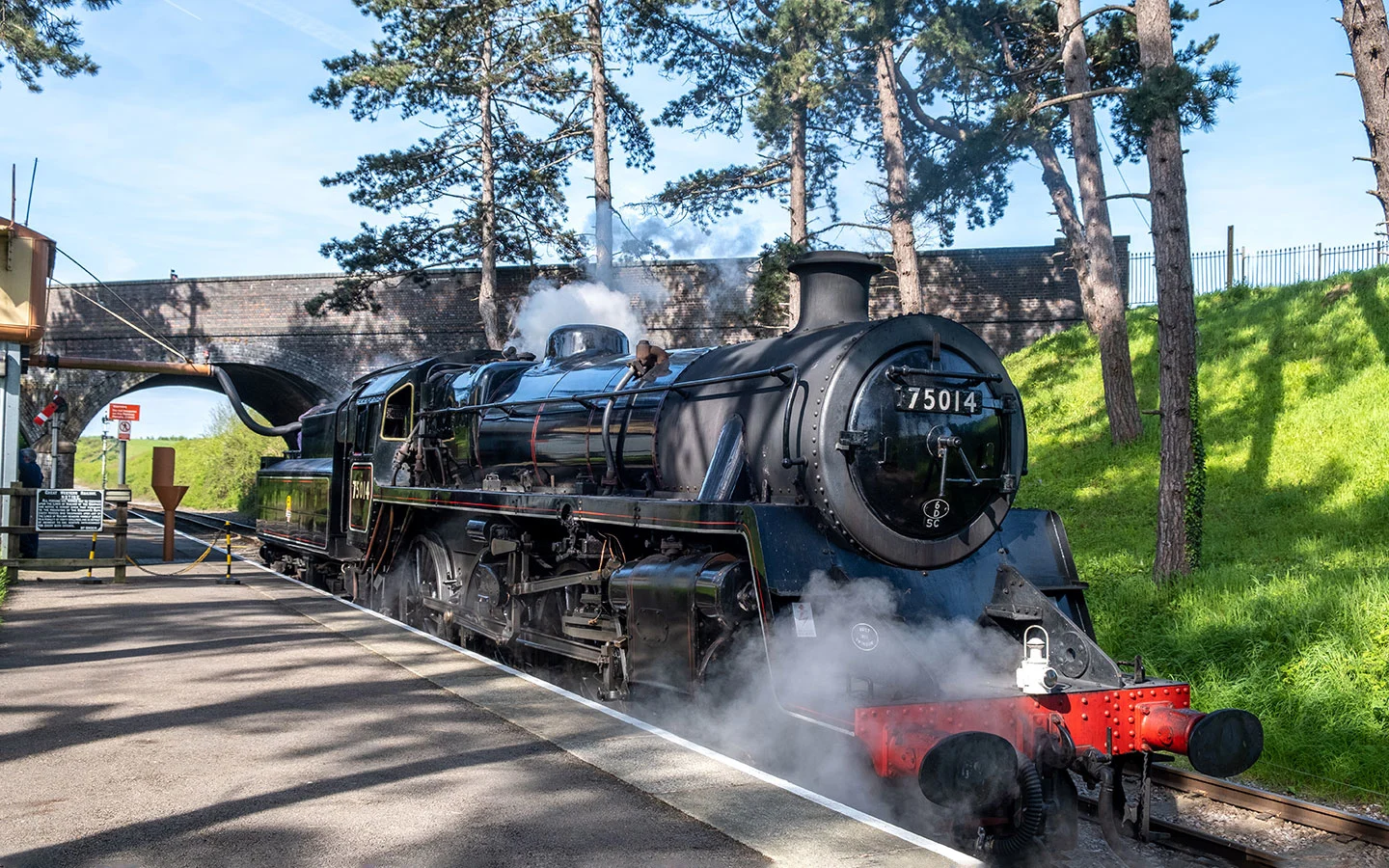
And what is with the cheese rolling?
On Spring Bank Holiday at the end of May each year at Cooper’s Hill just outside Gloucester, a nine-pound round of Double Gloucester cheese is rolled from the top of the hill and chased to the bottom by competitors, with the winner being the first person to reach it… preferably in one piece.
What started as a local event has become an international spectacle – and a health and safety nightmare – with people coming from all across the world to take part. The steep and uneven surface of the hill means there have been plenty of injuries, but that’s not discouraged people from trying to win both the glory of being the champion and getting to take the cheese home.
Cheese-rolling might be the most famous, but it’s not the Cotswolds’ only bizarre event or quirky tradition. There’s also the Tetbury Woolsack Races, Bourton-on-the-Water’s River Football, the Bampton Shirt Race and the Cotswold Olimpick Games to name just a few!
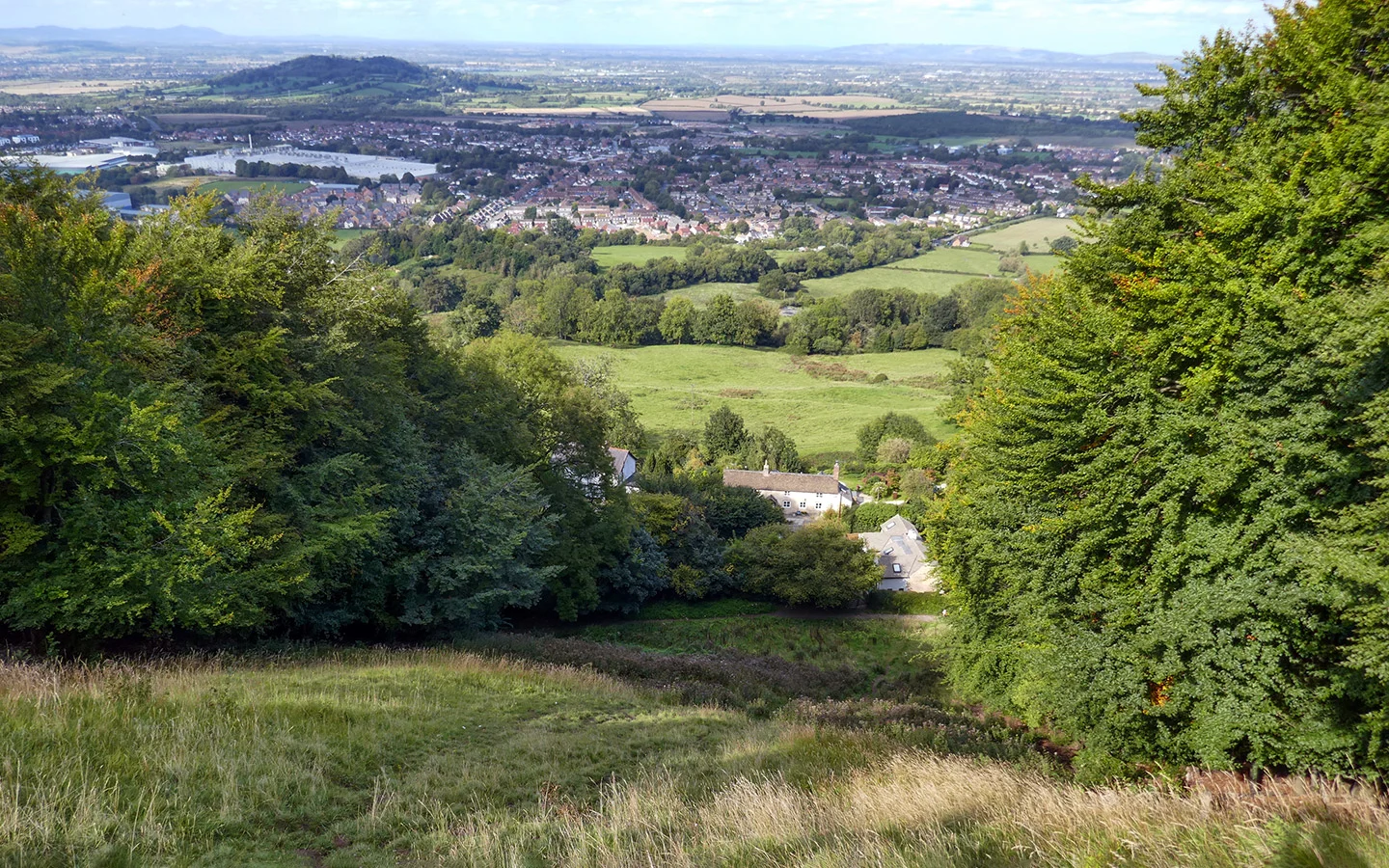
* This site contains affiliate links, where I get a small commission from purchases at no extra cost to you.
Save for later
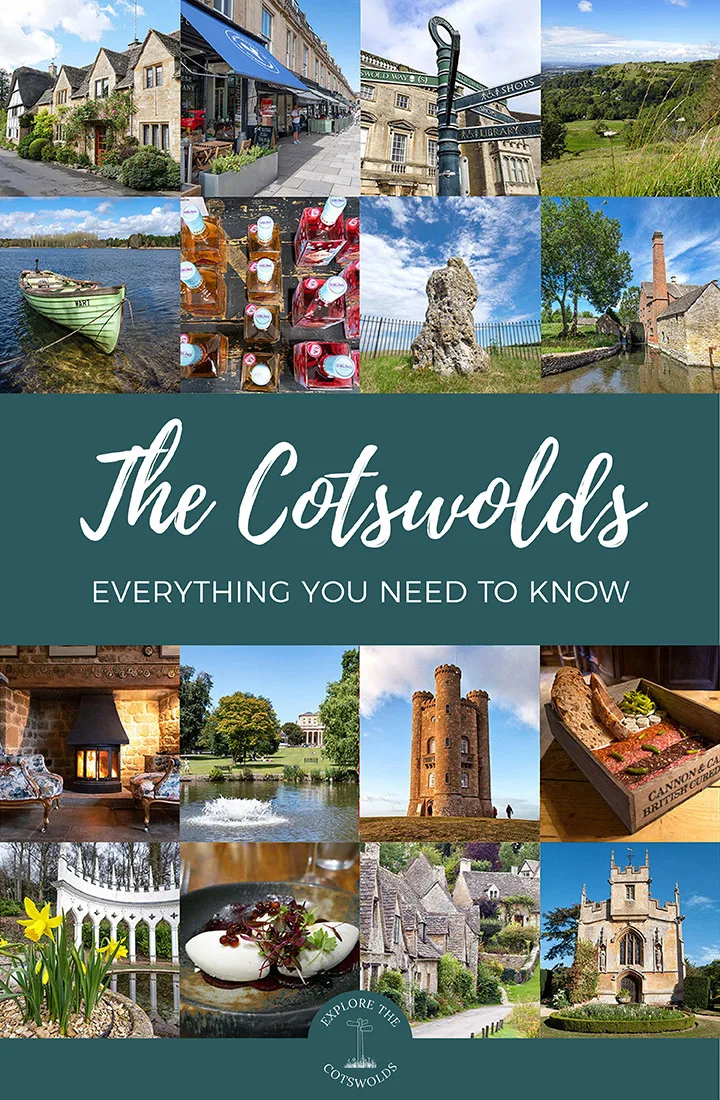
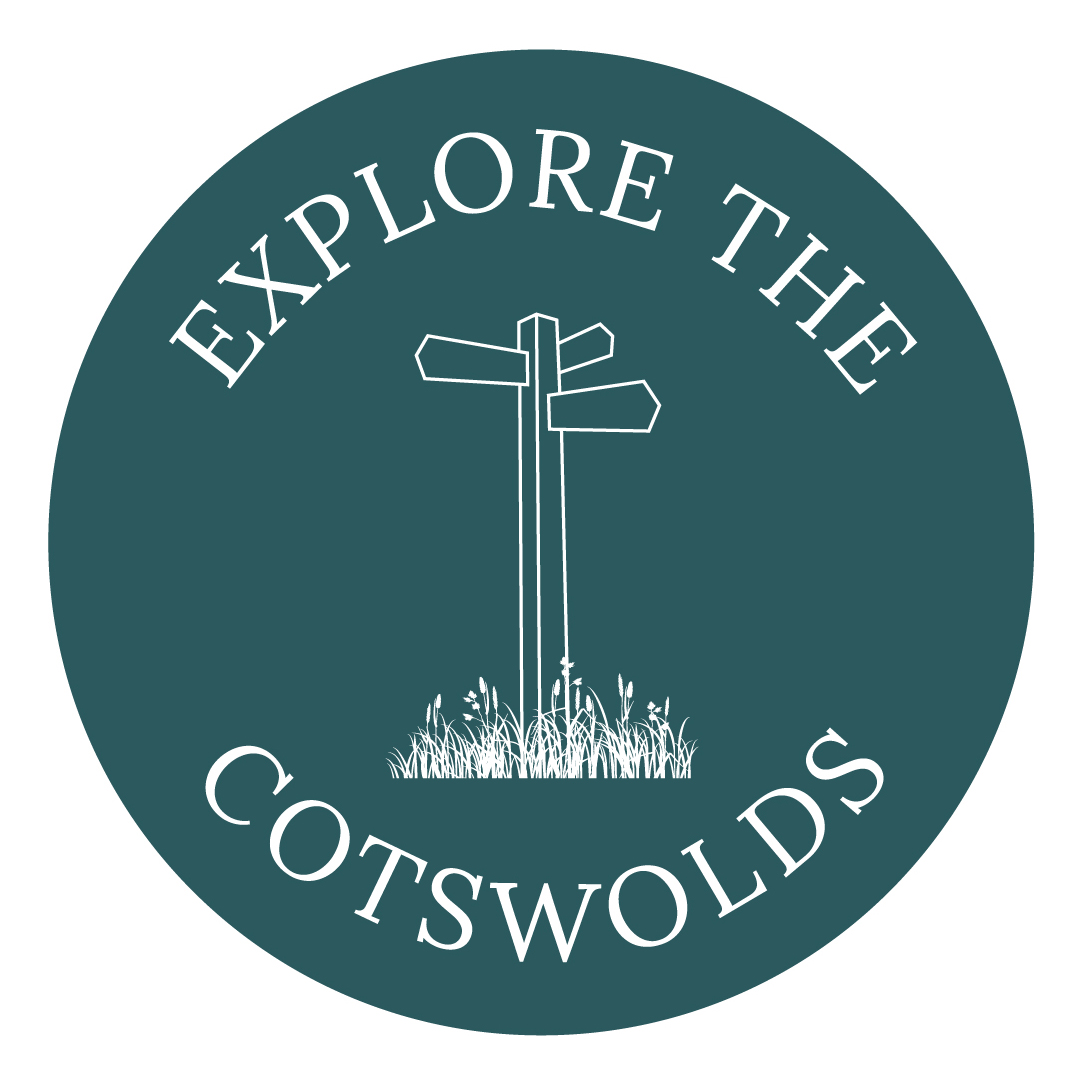
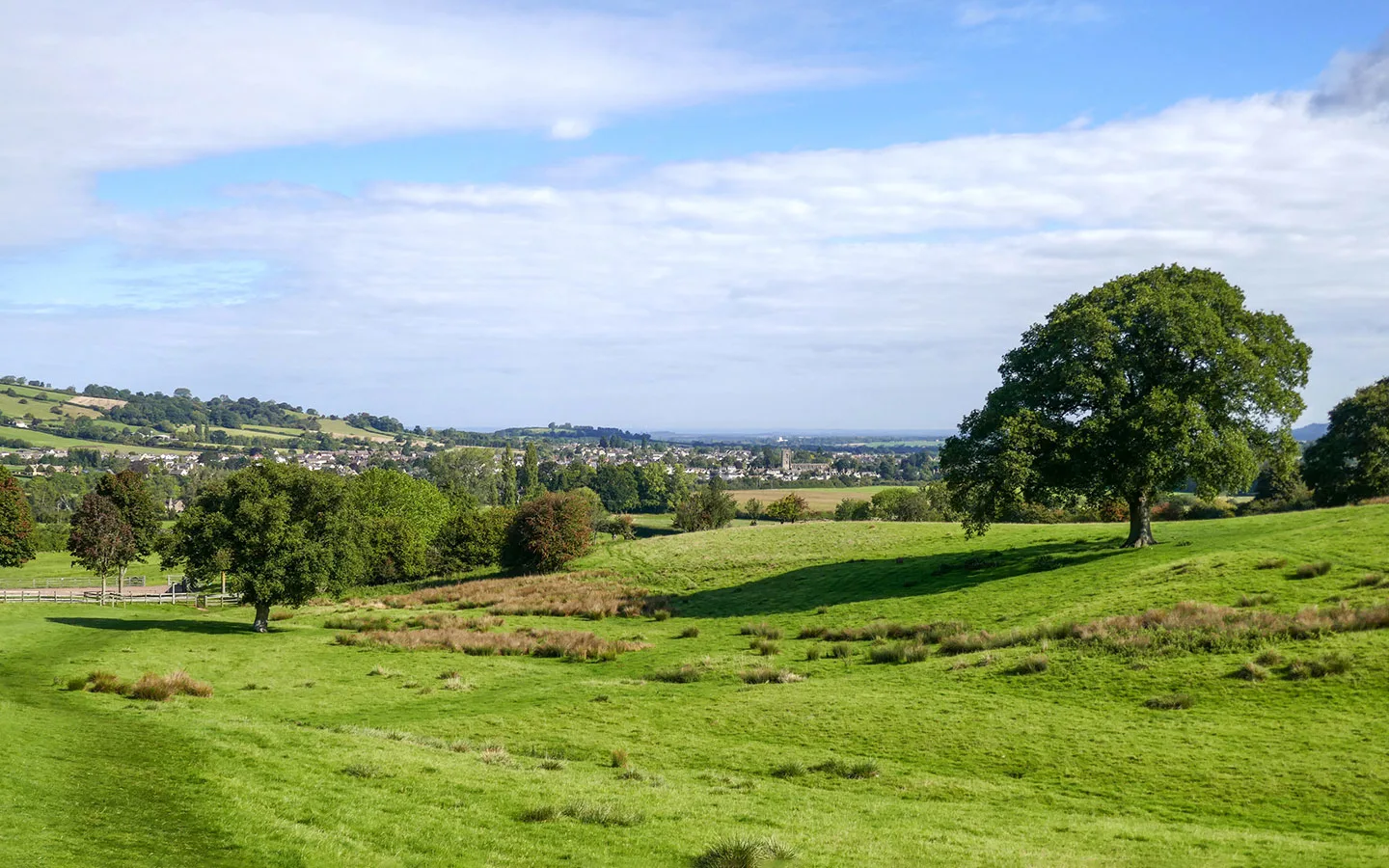
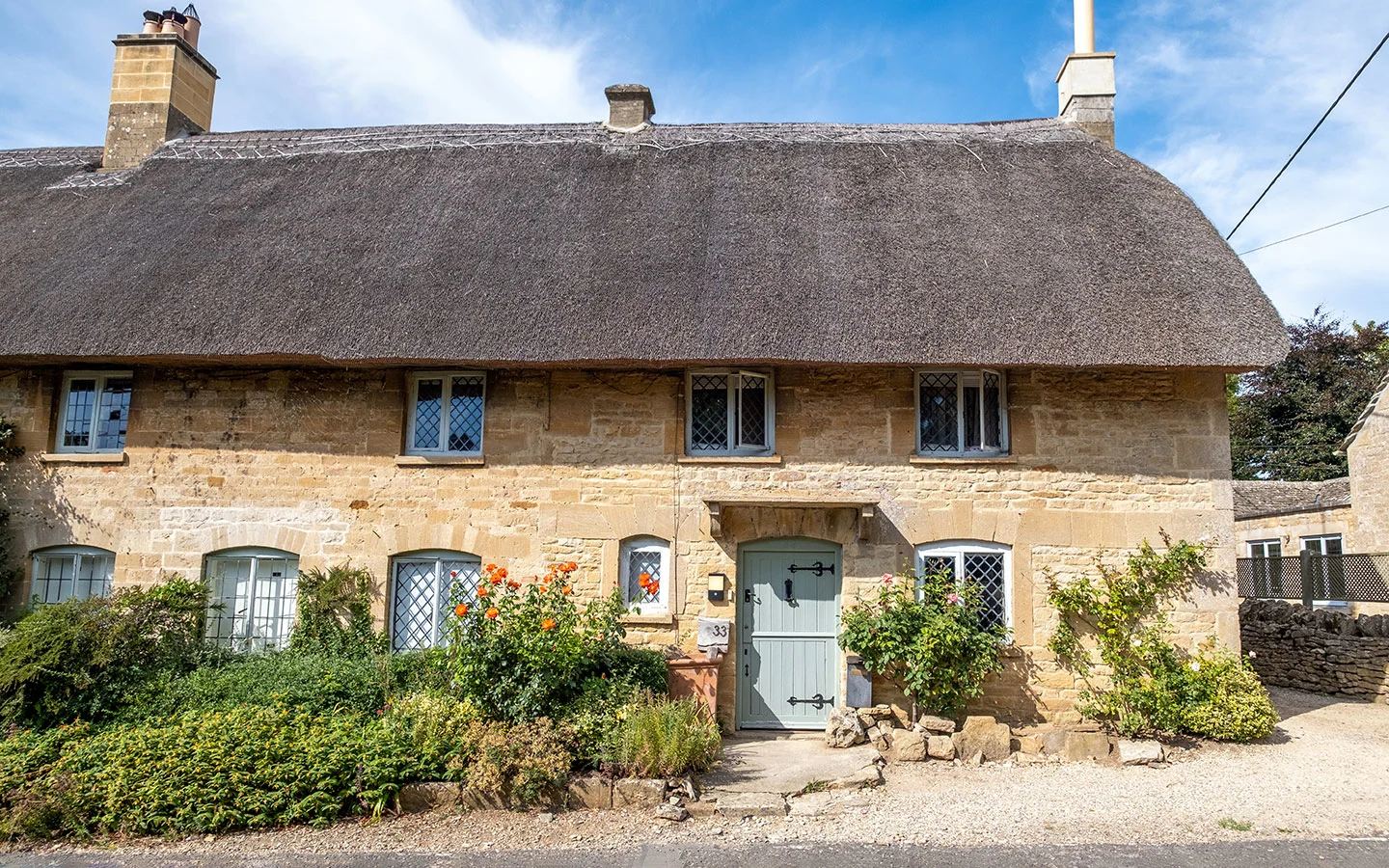
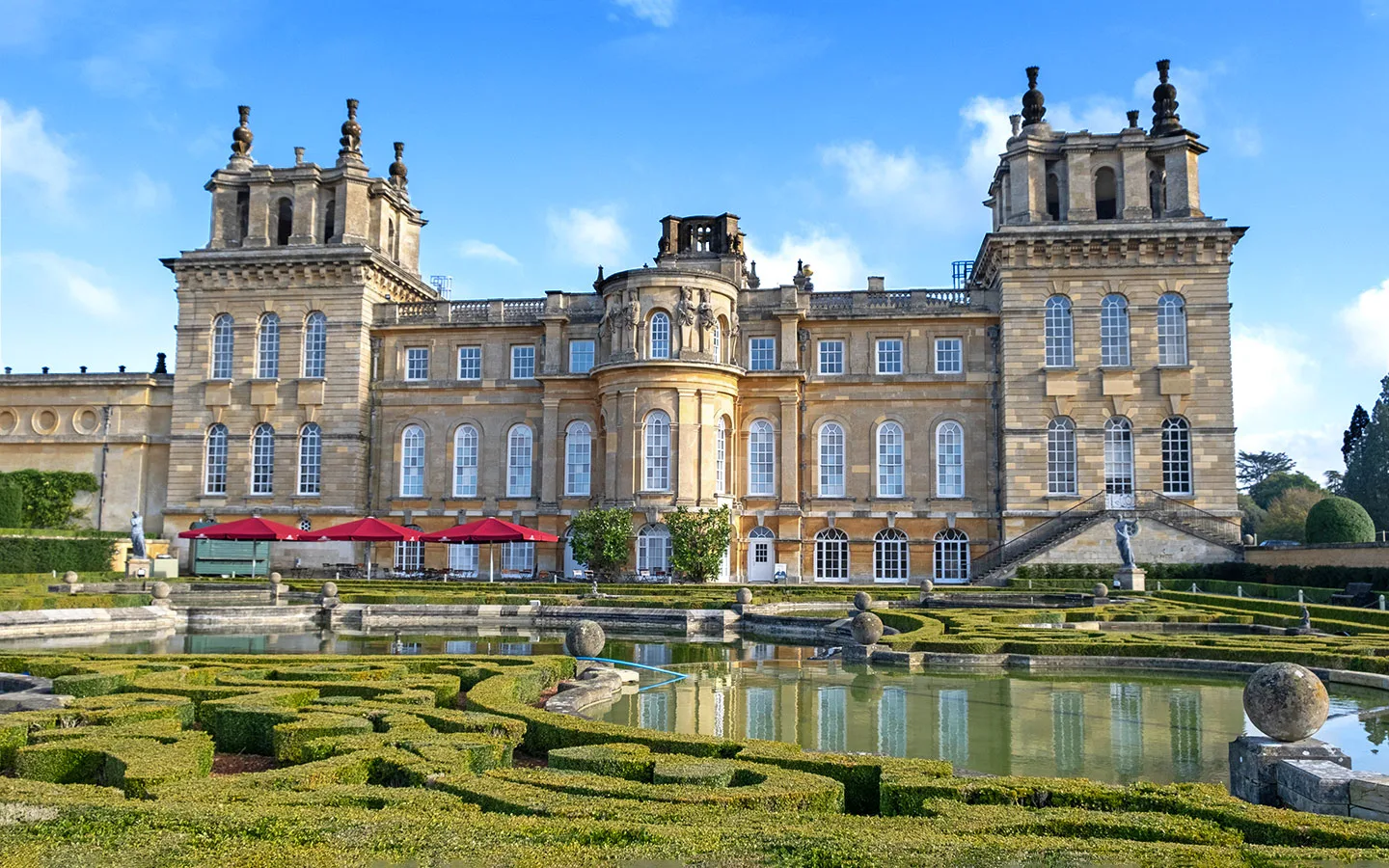
Jari Holliday
Monday 5th of February 2024
Are the shops, bakeries and pubs open on Sunday in the Cotswold?
Lucy Dodsworth
Tuesday 6th of February 2024
Hi, many are, particularly in the more touristy areas – though hours are normally limited to 10am–4pm for shops etc. You might want to double check if you're in the smaller villages though.
Marie
Saturday 26th of August 2023
Thank you for all the info and great pictures. This site will be a big help planning our next adventure from Canada to the UK.
Lucy Dodsworth
Tuesday 5th of September 2023
You're very welcome, great that it was useful and have a wonderful trip.